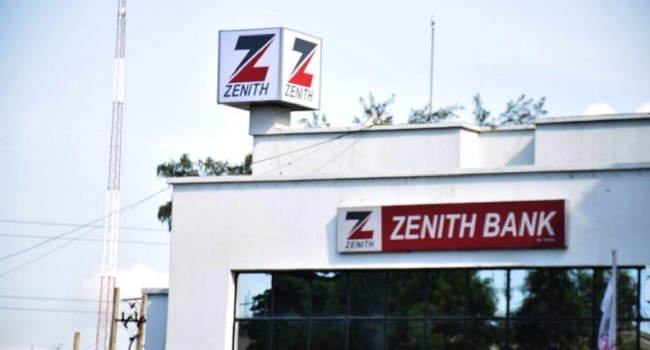Has OpenAI Finally Embraced Transparency, or Is GPT-OSS Just Another Closed Box?
OpenAI recently announced the release of GPT-OSS, a suite of open-weight language models that can run locally on consumer-grade hardware. While this marks a significant change from OpenAI’s historically closed approach to model access, the release has sparked debate about what “open” really means in practice.
GPT-OSS stands for “Open Source Small” and reflects OpenAI’s effort to offer smaller models with reduced compute requirements. These models are being positioned as more accessible and deployable on local machines, especially useful for developers, researchers, and smaller organizations who cannot afford the infrastructure needed to run larger models like GPT-4.
But does making the weights available really solve the broader transparency concerns?
A Familiar Promise, A Different Era
The release echoes earlier moments in AI history, such as when OpenAI published GPT-2 in full after an initial phase of withholding due to “misuse risk.” That debate still lingers today.
“OpenAI’s release of these open-weight models is a step towards democratizing AI that echoes the spirit of innovation that drove early breakthroughs like GPT-2.
It’s a sign that bigger is not always better when it comes to AI models – which is something that web3 developers have been saying for a long time.”
said Michael Heinrich, CEO of 0G Labs, in an exclusive interview with Hackernoon.
While the public availability of model weights is a welcome move, there are critical elements still hidden behind closed doors: the training data, methodology, and full documentation.
This is why some argue GPT-OSS offers only partial transparency.
The ability to run GPT-OSS on personal devices could significantly shift how AI is developed, tested, and deployed. Traditionally, AI models required powerful cloud infrastructure, raising costs and concerns about privacy. With local deployability, use cases expand to embedded systems, edge devices, and secure environments.
“The open design of these models is welcome in terms of addressing the ‘black box’ criticism labeled against conventional AI models,” Heinrich explained. “It’s interesting to see an AI giant in OpenAI releasing models that are quite closely aligned with the principles those of us working in web3 have long been championing: transparent, customizable, and computationally efficient.”
said Michael Heinrich, CEO of 0G Labs in an exclusive interview with Hackernoon.
However, the availability of open-weight models also introduces new vectors for misuse. Once downloaded, model safety guardrails can be easily modified or removed.
Transparency vs Control: What Has Really Changed?
Despite the open-weight label, OpenAI has not released the full training data, the fine-tuning steps, or the compute logs. This raises a crucial distinction between “open weights” and “open source.”
Open weights mean you can download and run the model, but you cannot necessarily understand how it was trained or how it behaves across edge cases. It limits auditability, reproducibility, and trust in outcomes.
“While the release of GPT-OSS is to be welcomed on account of making high-performance models more auditable and deployable locally, it should be noted that these benefits come with trade-offs,” said Heinrich. “Many are concerned that it only offers partial transparency. The misuse risk is high; it is not too difficult to alter and remove safety features.”
said Michael Heinrich, CEO of 0G Labs in an exclusive interview with Hackernoon.
This incomplete transparency could become more problematic as open models become embedded into critical systems.
My Opinion: A Tactical Shift, Not a Philosophical One
The release of GPT-OSS looks like a strategic response to growing competition from truly open models like Meta’s LLaMA series and Mistral’s Mixtral. It may also reflect pressure from developers, researchers, and regulators demanding more transparency in how frontier AI systems are built and deployed.
But this is not full alignment with the open-source ethos. The move seems more tactical than philosophical. Without open data, reproducibility remains limited. Without clear licenses, true community involvement is uncertain. And without hard restrictions, safety enforcement will continue to be a challenge.
“It’s a step in the right direction, then, but there’s a lot more that must be done before OpenAI can be regarded as living up to its name and genuinely advancing open access to AI,” Heinrich concluded.
Final Thoughts
GPT-OSS represents a meaningful development in the direction of local AI and open accessibility. But the line between “open enough” and truly open remains blurry. For developers and web3 builders, the shift may feel like long-awaited validation. For critics, it is a half-measure lacking in clarity, documentation, and community governance.
If OpenAI wants to live up to its name, the next step must go beyond releasing weights. It must embrace open practices at every layer: data, training, inference, and oversight.
Don’t forget to like and share the story!
This author is an independent contributor publishing via our










